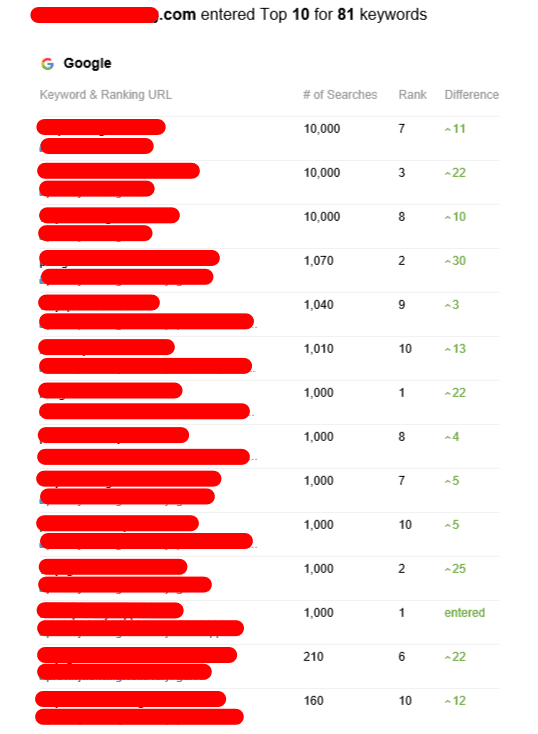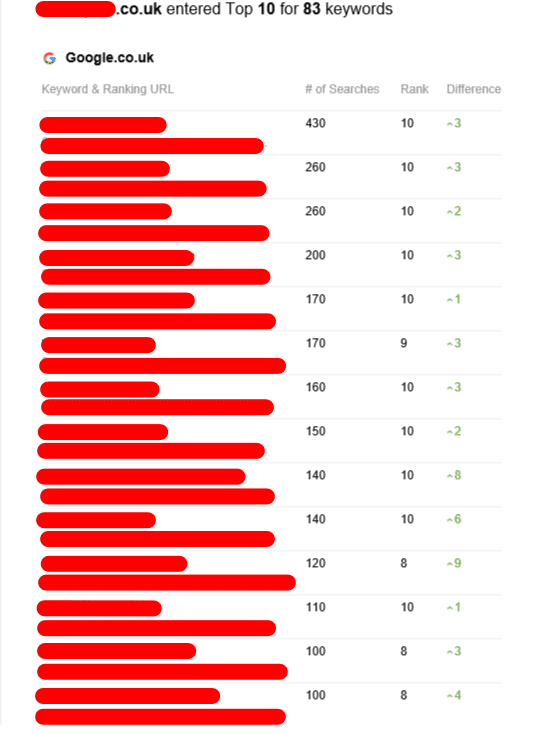
Customer acquisition is a crucial aspect of any business seeking sustainable growth. It refers to the process of bringing new customers into a company's fold, converting prospects into paying customers, and ultimately driving revenue. This article delves into the essential strategies surrounding customer acquisition, its significance in today's competitive market, and answers frequently asked questions to provide a comprehensive understanding of the topic.

Why Customer Acquisition Matters
Customer acquisition is not merely about increasing sales; it is about building a robust customer base and establishing long-lasting relationships. Several factors underscore its importance:
- Market Expansion: Acquiring new customers allows businesses to increase their market presence and influence.
- Revenue Growth: New customers translate to increased sales, which can help businesses expand operations and improve profitability.
- Brand Awareness: A solid customer acquisition strategy can enhance brand visibility, leading to greater recognition and market share over time.
- Feedback Loop: Engaging new customers provides valuable insights and feedback that can inform business strategies and product development.
Effective Strategies for Customer Acquisition
Employing effective strategies is essential for successful customer acquisition. Below is a list of some commonly used methods:
1. Content Marketing
Creating valuable content that resonates with potential customers is a powerful strategy. This can include blogs, videos, infographics, and more. By addressing customer pain points and offering solutions, businesses can attract and engage their target audience.
2. Social Media Marketing
Leveraging platforms like Facebook, Instagram, Twitter, and LinkedIn allows businesses to reach a wide audience. Engaging content, targeted ads, and active community interaction can foster trust and brand loyalty.
3. Email Marketing
Email campaigns tailored to specific customer segments can be highly effective. By offering personalized messages, newsletters, or special promotions, businesses can convert leads into customers.
4. Search Engine Optimization (SEO)
Optimizing websites for search engines helps improve visibility and drive organic traffic. Businesses should focus on relevant keywords, quality backlinks, and user-friendly site design to enhance their online presence.
5. Pay-Per-Click Advertising (PPC)
PPC allows businesses to place ads on search engines and only pay when users click on them. This strategy can target specific demographics and generate immediate traffic to a website.
6. Networking and Referrals
Fostering relationships within professional networks can lead to valuable referrals. Encouraging existing customers to refer friends and family can also enhance customer acquisition efforts.
7. Influencer Partnerships
Collaborating with influencers who align with a brand's values can help reach new audiences. Influencers have loyal followings and can effectively convey a brand's message.
8. Webinars and Live Events
Hosting informative webinars or live events can help establish a brand's authority and engage potential customers. These platforms allow for interactive communication, making it easier to convert attendees into customers.
| Strategy | Description | Pros | Cons |
|---|---|---|---|
| Content Marketing | Creation of valuable content to attract audiences | Cost-effective, builds trust | Time-consuming, requires ongoing effort |
| Social Media Marketing | Engagement and advertising on social platforms | Broad reach, real-time feedback | Can be challenging to manage |
| Email Marketing | Personalized email campaigns to nurture leads | Direct communication, measurable | Needs proper segmentation to be effective |
| Search Engine Optimization | Enhancing website visibility on search engines | Cost-effective, long-term results | Requires expertise, results take time |
| Pay-Per-Click Advertising | Paid ads on search engines | Immediate visibility, targeted reach | Can become expensive quickly |
| Networking and Referrals | Building relationships and acquiring referrals | Low cost, fosters trust | Dependent on existing customer satisfaction |
| Influencer Partnerships | Collaborating with influencers to reach audiences | Tap into established audiences | Can be costly, requires careful selection |
| Webinars and Live Events | Hosting events or webinars to educate and engage | Interactive, establishes authority | Preparation time and effort required |
Measuring Customer Acquisition Success
To optimize customer acquisition efforts, measuring success is essential. Businesses can assess their effectiveness through several key performance indicators (KPIs):
Customer Acquisition Cost (CAC): This measures the total cost of acquiring a customer, including marketing expenses, sales resources, and overhead costs.
Conversion Rates: The percentage of leads converted to customers reflects the effectiveness of the acquisition strategies employed.
Time to Acquisition: Analyzing how long it takes to convert a lead into a customer provides insights into the efficiency of the customer acquisition process.
Customer Lifetime Value (CLV): Understanding the average revenue a customer generates over their lifetime helps determine whether acquisition costs are justified.
Return on Investment (ROI): Evaluating the profitability of different acquisition strategies will help refine approaches to maximize returns.
Frequently Asked Questions (FAQs)
1. What is Customer Acquisition Cost (CAC)?
Customer Acquisition Cost (CAC) is the total marketing and sales expenses divided by the number of new customers gained within a specific time frame. It helps businesses determine the efficiency of their customer acquisition efforts.
2. How can businesses effectively reduce CAC?
To reduce CAC, businesses can:
- Optimize marketing campaigns (Dallaspoldrack.top) based on performance data.
- Improve customer targeting for better lead quality.
- Enhance customer experience to increase conversions.
- Foster referral programs to encourage existing customers to bring in new ones.
3. Does customer acquisition ever stop?
While the focus may shift after reaching a certain level of growth, customer acquisition should be an ongoing strategy. Markets and consumer preferences change, necessitating continuous efforts to attract new customers.
4. How do I know if my customer acquisition strategy is working?
Regularly analyze acquisition KPIs such as CAC, conversion rates, and ROI to assess the performance of your strategies. Adjustments can be made based on data-driven insights to improve effectiveness.
5. Are there risks involved in customer acquisition?
Yes, risks can include high expenses without corresponding sales increases, potential damage to brand reputation due to negative experiences, and entering markets that may not yield expected results. Careful planning and execution are essential to mitigate these risks.
In a rapidly evolving business landscape, mastering customer acquisition is paramount for growth and sustainability. By understanding various strategies, measuring success, and being aware of potential risks, businesses can effectively enhance their customer bases and drive long-term success. Adaptability and a keen focus on customer needs will ultimately shape a company's trajectory in the competitive market.








